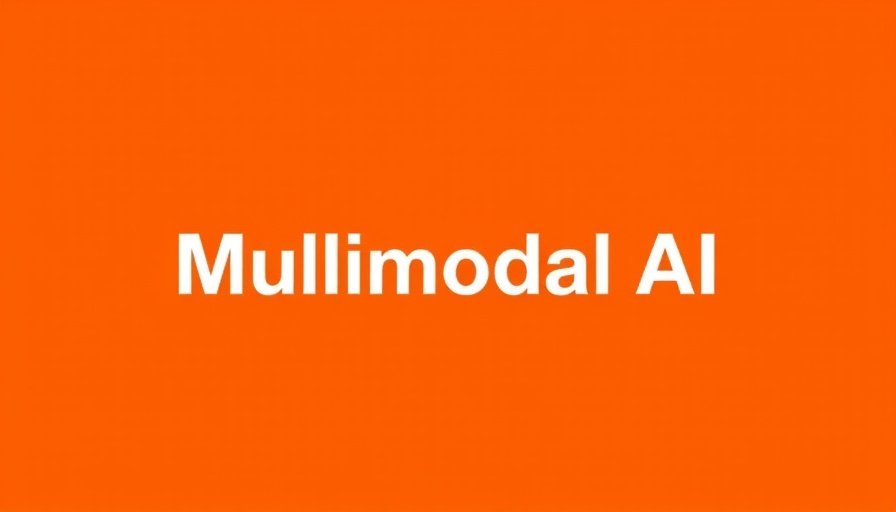
Transform Your LinkedIn Presence with Multimodal AI
In today’s fast-paced digital marketing landscape, leveraging innovational technologies is crucial for business growth. One of the most compelling advancements is the rise of multimodal AI, a powerful tool that can enhance account-based marketing (ABM) strategies on platforms like LinkedIn. This article will explore how to effectively build and deploy multimodal AI for LinkedIn ABM at an enterprise scale, offering actionable insights for professionals, business owners, and digital marketers.
What Is Multimodal AI?
Multimodal AI refers to systems that process and analyze multiple forms of data, such as text, images, and audio, simultaneously. This depth of analysis allows for a more nuanced understanding of consumer behavior, enabling businesses to tailor their marketing strategies effectively. For example, a multimodal AI tool might combine insights from users’ LinkedIn profiles with engagement data from their posts to create a holistic view of their interests and preferences.
Why LinkedIn is a Goldmine for ABM
LinkedIn is uniquely positioned for B2B marketing efforts. With over 900 million users comprised mostly of professionals, brands can precisely target decision-makers. By using multimodal AI, marketers can identify key personas within their target companies and strategize content that resonates with these audiences. This targeted approach not only enhances conversion rates but also maximizes marketing ROI by ensuring campaigns reach the right people.
Building Your Multimodal AI Framework
Creating a robust multimodal AI solution requires a blend of technology, strategy, and data literacy. Here’s a step-by-step guide:
- Define Your Objectives: Start by identifying what you want to achieve with your LinkedIn ABM strategy. Are you aiming to drive brand awareness, generate leads, or foster customer loyalty?
- Data Collection: Aggregate data from various sources, including LinkedIn profiles, engagement metrics, and external market insights. The more diverse your data, the better your AI model will perform.
- Choose the Right Tools: There are several marketing automation tools that integrate AI capabilities. Consider options that align well with your existing technology stack.
- Train Your Algorithms: Work with data scientists to develop algorithms that can accurately predict user behavior on LinkedIn. This often involves machine learning techniques that learn from patterns in your data.
- Test and Optimize: Implement A/B testing to evaluate different strategies and refine your approach continually based on performance.
The Benefits of Multimodal AI in Marketing
Blending different data types can lead to several advantages, including:
- Personalization: Providing tailored content enhances customer engagement and satisfaction.
- Improved Insights: A comprehensive view of your audience allows marketers to make better data-driven decisions.
- Efficiency: Automating analyses reduces labor costs and time, enabling teams to focus on strategic thinking.
Future Trends in Multimodal AI for LinkedIn Marketing
As technology continues to evolve, multimodal AI is expected to become even more sophisticated. Here are some trends to look forward to:
- Greater Integration with Augmented Reality: Brands may leverage AR experiences alongside their marketing strategies to engage users more dynamically.
- Enhanced Predictive Analytics: As algorithms improve, businesses will attain better foresight on user behavior, improving campaign effectiveness.
- Focus on Ethical AI: With growing concerns around data privacy, companies will increasingly prioritize transparency and ethical practices in their AI applications.
Conclusion: Taking Action for Success
Implementing multimodal AI in your LinkedIn ABM strategy isn't just a tech upgrade; it's a pivotal shift towards personalized marketing in our digital age. As we’ve explored, this methodology combines the nuances of human behavior with the efficiency of technology, paving the way for higher engagement and conversion rates.
If you're ready to harness the power of AI in your marketing efforts, join our community of forward-thinking marketers today and unlock strategies that will place your brand at the forefront of digital innovation!
 Add Row
Add Row  Add
Add 




Write A Comment